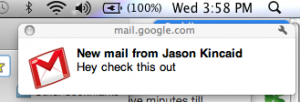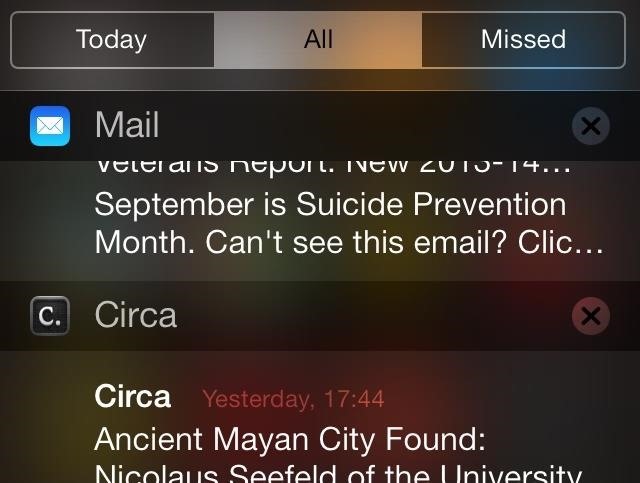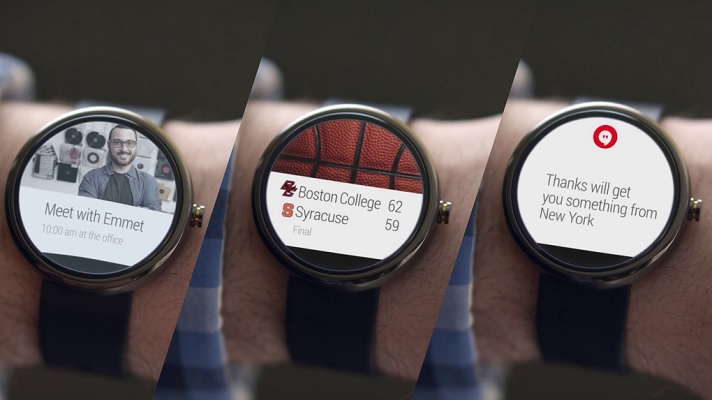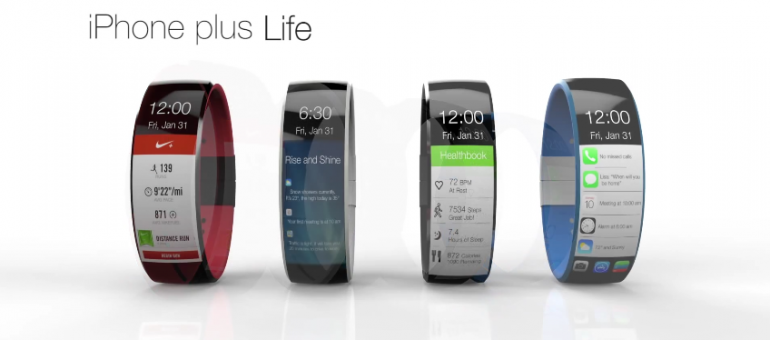Technology’s all about getting things done faster, more efficiently, and ultimately, with less user effort. Mobile and web browser notifications do just that.
Browser Notifications
 Gmail notification
Gmail notification
Browser push notifications are handy enough. For instance, instead of having to manually check your Gmail inbox for new mail, toggling the Gmail desktop notification setting will incite a “push” request from Google’s servers each time there’s an update in an open signed in Gmail browser tab – even while you’re getting work done (or checking out cat pictures on Reddit).
Mobile Notifications
Well, imagine you’re not on your computer at the moment. Mobile notifications do the same thing desktop notifications do, but anywhere you have your smartphone or tablet connected to the web. As opposed to needing to take the initiative to access a mobile or responsive website for news or updates, users can now just be notified of changes or updates directly from their home screen when they have a particular app installed on their device.
Businesses, web apps, entertainment platforms and online communities now have a powerful tool to reconnect and engage with their users from almost anywhere their mobile devices are connected to the internet, effectively creating a constantly updating stream of notifications for those users that opt in.

The Rise of App Notifications
And it’s pretty evident that users are opting in. In fact, a 2013 Compuware report found out that 85% of consumers prefer and use apps over mobile sites. This means that over ¾ of mobile users surveyed were more likely to rely on push notifications and home screen app alerts than open up their browsers, type in web addresses, and manually navigate to particular mobile or responsive websites.
The survey also found nearly half of the users expected mobile apps to load faster than mobile websites. It’s akin to the remote control to the television set; notifications simply make things easier for the end user, and there’s no reason that businesses and services on the web shouldn’t be taking advantage of the technology.
A comScore report found that users worldwide are spending more time on mobile internet use than desktop internet use, the gap continuing to widen per year. Of those millions of users choosing mobile over desktop, comScore found exactly the same trend as Compuware; that users were spending more time on apps than mobile websites. The overall percentage of time spent browsing the internet by users on mobile apps was 80% in 2013, and 86% in 2014. All signs point to it being about 90% in 2015.
The Future of Notifications
As you can probably guess, there is unprecedented value in notifications for any business to connect with end users, and even with all of the aforementioned trends suggesting this, there is one more technology that’s sure to accelerate this figure even further (if they ever develop from niche products to widespread adoption): wearable technology.
 Android Wear Notifications
Android Wear Notifications
Android Wear, the long rumored Apple iWatch, Google Glass: all new ways to integrate tech, and the internet, into the physical world in a much more seamless way than screen devices ever could. We may be looking at a transition from an internet of looking at our screens for extended periods of the day, to one where the UX seamlessly follows the user throughout their day-to-day activities, on their wrists or even directly in their plain of vision.
These devices primarily rely on push notifications to deliver information to users, because they’re unobtrusive, optional, relatively automatable, and effort free. Notifications may someday slide in and out on a person’s smart watch or heads-up display, easily alerting the user of new happenings without even needing them to pause from their daily activities, social obligations or responsibilities.
 iWatch notifications concept
iWatch notifications concept
The less time users have to take out of their daily lives to check in on a product, the more likely they are to stay engaged, as the effort shifts from the user’s end to the server’s end. Ultimately, the user wants to be catered to.
Technology’s all about getting things done faster, more efficiently, and of course, with less user effort. Notifications are just the next step in this process, and all signs point to the users taking note. Businesses should too.
